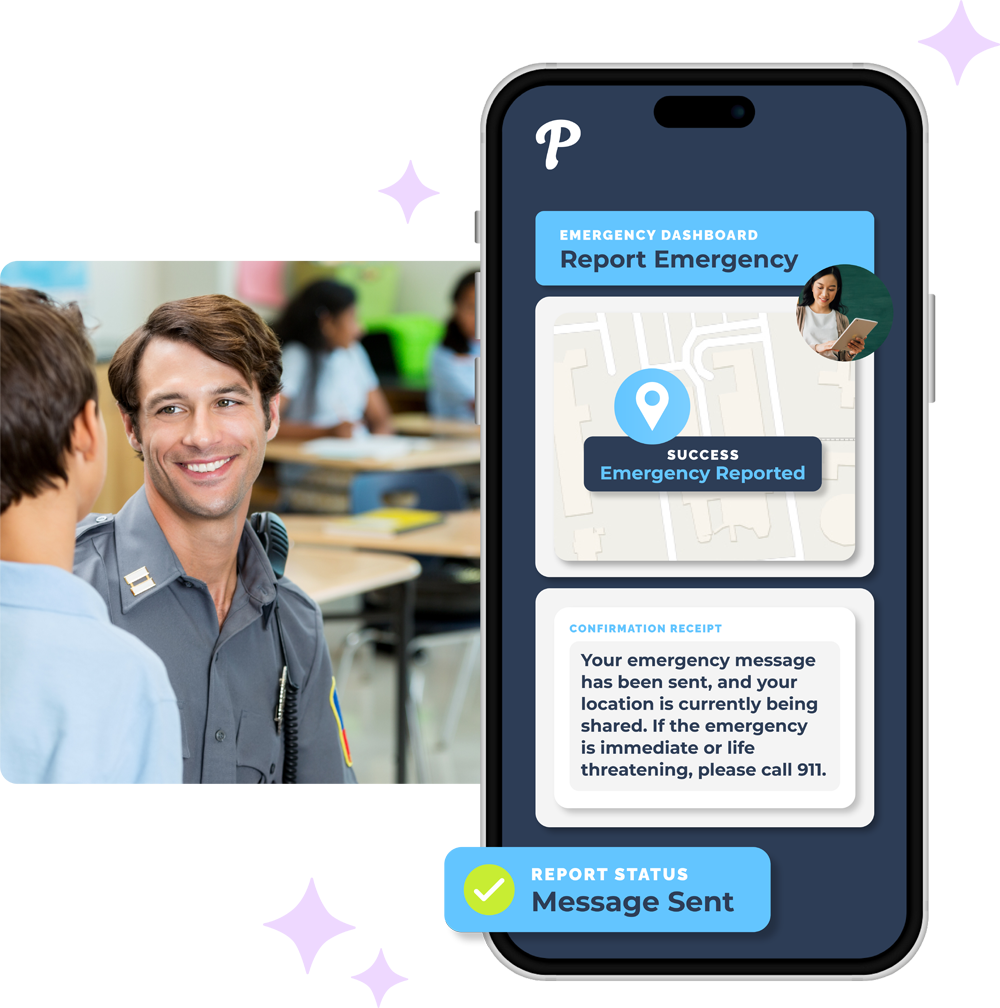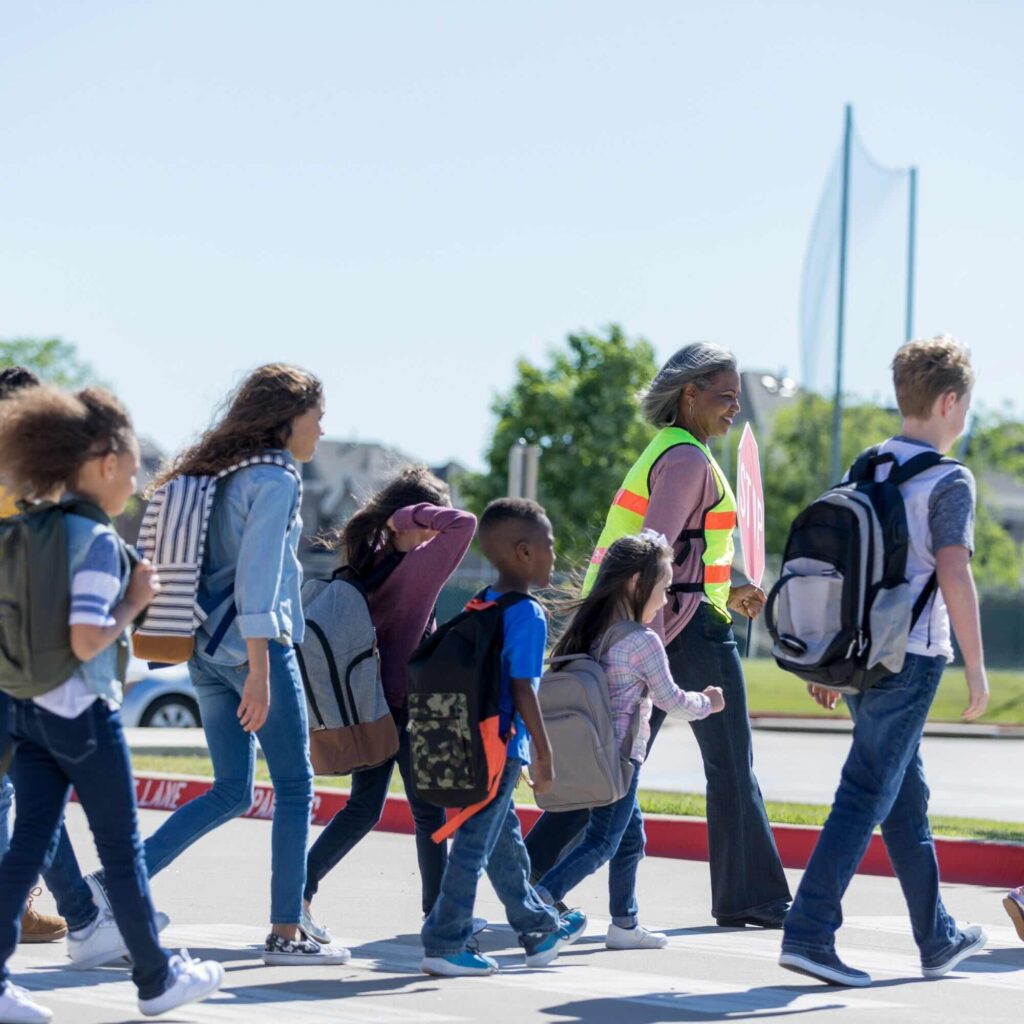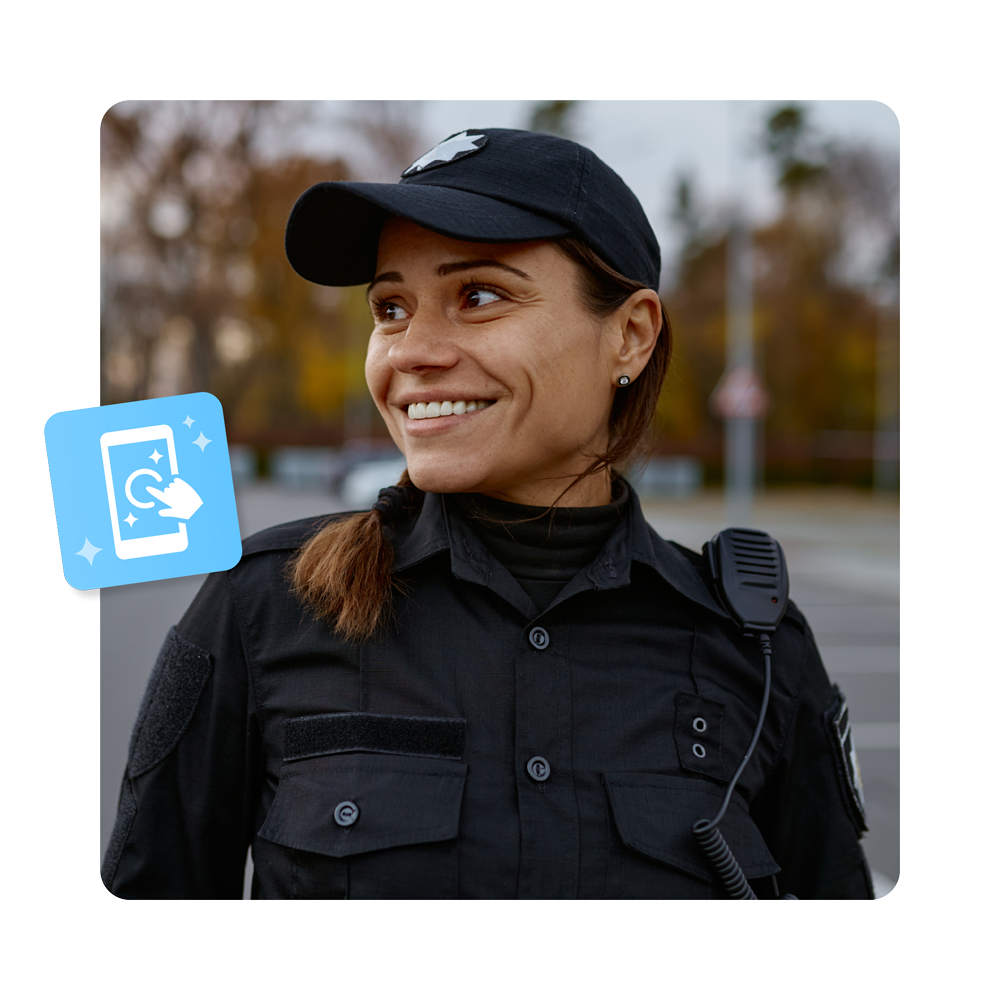The Shift from Tools to Ecosystems
Education is evolving faster than ever. Technology is no longer just a tool—it’s the infrastructure supporting every part of a school’s ecosystem. The challenge isn’t adopting new tools; it’s ensuring they work together efficiently and sustainably. For districts planning ahead to 2026 and beyond, building a sustainable tech ecosystem means creating a foundation that grows with innovation rather than constantly starting over.
Every school leader understands the strain of managing multiple systems that don’t communicate. One app tracks attendance, another manages visitors, while separate dashboards handle safety, communication, and learning management. The result is often data overload without true insight. A sustainable tech ecosystem simplifies that chaos, transforming fragmented tools into a unified framework that strengthens learning, safety, and operations all at once.
Building a Vision That Lasts
Creating that balance requires more than technical upgrades. It calls for vision. Schools that thrive in the coming years will think beyond devices and look toward design—building systems that connect people, processes, and information in smarter ways. These schools won’t just keep up with technology; they’ll lead with intention and purpose.
When technology directors and administrators work together to evaluate tools through a sustainability lens, decisions shift from short-term fixes to long-term value. Instead of asking, “What’s new this year?” they ask, “What will still serve our campus five years from now?” That mindset is what sets a sustainable ecosystem apart—it’s built to last and built to evolve.
Connecting Systems for Clarity and Speed
A sustainable tech ecosystem starts with interoperability. Every system on campus should share data securely, minimizing duplication and manual entry. The more connected your infrastructure, the easier it becomes to act quickly and confidently.
Imagine being able to view student attendance, dismissal activity, and campus entry data—all from one dashboard. This level of connection isn’t theoretical; it’s achievable with modern platforms like Pikmykid, which centralizes communication, safety, and daily operations under one system.
Interoperability also reduces burnout. When technology feels cohesive, teachers and staff spend less time troubleshooting and more time focusing on what matters—students. A sustainable ecosystem should make technology fade into the background, supporting every decision seamlessly without demanding constant maintenance.
For many districts, the turning point comes when they replace isolated tools with cloud-based systems that integrate directly into their workflows. Once data flows across departments, leadership teams gain valuable insights into attendance patterns, engagement metrics, and safety readiness. These insights guide better resource allocation and more personalized support for both students and teachers.
Sustainability Starts with People
Schools that embrace this level of connectivity discover that sustainability is not only about technology—it’s also about people. A sustainable tech ecosystem empowers educators to innovate without fear of disruption. Teachers gain confidence when they know their tools are reliable, intuitive, and secure. Principals can lead with clarity, supported by real-time data that reflects the pulse of the campus.
District technology directors see additional benefits. Unified systems simplify compliance, reporting, and updates, allowing teams to focus on proactive innovation instead of reactive problem-solving. This balance of simplicity and sophistication defines what it means to build a tech ecosystem that can endure shifts in both policy and pedagogy.
To maintain that equilibrium, schools must continually evaluate whether their technology investments align with their mission. A new system might promise exciting features, but if it doesn’t integrate well with existing tools, it can quickly become an obstacle. A sustainable ecosystem prioritizes compatibility over novelty—choosing tools that adapt, not disrupt.
Balancing Efficiency and Financial Sustainability
Leaders who take this approach also strengthen financial sustainability. Every redundant tool replaced by an integrated platform reduces licensing costs, training hours, and maintenance fees. Over time, these efficiencies compound into measurable savings that can be redirected toward instructional priorities.
For example, implementing connected solutions like Pulse AI allows administrators to instantly access operational data—attendance, movement patterns, or safety alerts—without juggling multiple systems. The result is both cost efficiency and time regained for strategic planning. When your infrastructure is sustainable, innovation becomes less about reaction and more about readiness.
Culture: The Core of Sustainability
But technology alone doesn’t create a sustainable ecosystem—culture does. Change requires champions who see technology as a means to a greater purpose: safer, more engaging learning environments. Superintendents, principals, and tech directors must align around shared goals, ensuring that innovation feels cohesive across the district.
When teachers are invited into the conversation, adoption grows naturally. Instead of resistance, there’s ownership. When they understand how integrated tools make their day easier, technology becomes a trusted partner rather than a daily challenge.
Culture is also what sustains transformation over time. Leadership transitions, budget cycles, and curriculum changes are inevitable, but a well-built tech ecosystem remains adaptable. It holds steady because it was designed with scalability in mind from the beginning.
Security and Scalability: Protecting Progress
Another critical element of sustainability is security. Every connection introduces risk, and protecting sensitive data requires continuous vigilance. Sustainable ecosystems build cybersecurity into their architecture—not as an add-on, but as a core function. Cloud-based platforms with real-time monitoring and encrypted integrations provide the flexibility schools need without compromising safety.
When security and interoperability coexist, schools can operate confidently. Systems like Visitor Management ensure every campus entry is logged and verified, protecting both students and staff. Secure dismissal systems manage student release efficiently, reducing confusion and ensuring accountability for every pickup.
Each piece of technology in a sustainable ecosystem contributes to a safer, smarter environment. These systems don’t just serve IT—they support the entire school community.
Insights from the Education Technology Community
Across the education landscape, experts agree: sustainable technology isn’t about having more—it’s about making what you have work smarter. EdTech Magazine highlights that longevity depends on integration and training, not volume of tools. The Consortium for School Networking (CoSN) emphasizes resilience as the core of innovation, while ISTE continues to set standards for future-ready digital ecosystems. Even Brookings Institution reinforces how sustainable innovation bridges equity gaps by giving schools tools that scale responsibly.
Together, these insights point to one shared principle: future-ready infrastructure is human-centered. It’s not about replacing people—it’s about enabling them to do their best work.
Preparing for 2026 and Beyond
As schools look toward 2026, sustainability will become a defining measure of success. The districts that lead will not necessarily have the newest technology—they will have the smartest architecture. Their systems will adapt to new requirements without major overhauls. Their teachers will move through the day with confidence, supported by tools that simplify communication and reinforce safety. Their students will benefit from smoother, more engaging learning experiences.
The Future-Proofing Education: Preparing Your Campus for 2026 and Beyond piece underscores this same truth: future success depends on today’s foundation. Every decision made now—each integration, upgrade, or consolidation—builds toward long-term readiness.
Schools that act intentionally today will find themselves better prepared for whatever technology comes next. The sustainable tech ecosystem they create will not only serve current needs but also unlock possibilities they haven’t yet imagined.
A Foundation That Grows Stronger Each Year
The Pikmykid platform embodies this philosophy by connecting safety, communication, and operations into one cohesive environment. It’s designed for growth—helping schools evolve without disruption while improving both efficiency and safety outcomes. Whether through smarter dismissal workflows, AI-driven insights, or visitor management systems, Pikmykid helps schools maintain harmony across the tools they already use.
In the end, sustainability in education isn’t just about conserving resources. It’s about creating stability that allows progress to flourish. When systems align, innovation follows naturally. A sustainable tech ecosystem ensures that every tool, every process, and every person contributes to the same mission: preparing students for the future.
Learn more about our comprehensive campus safety solution and see how your school can start building a foundation that grows stronger with every year.



